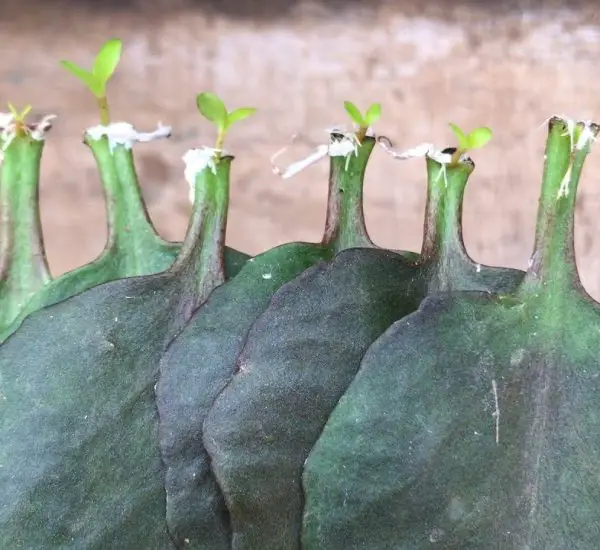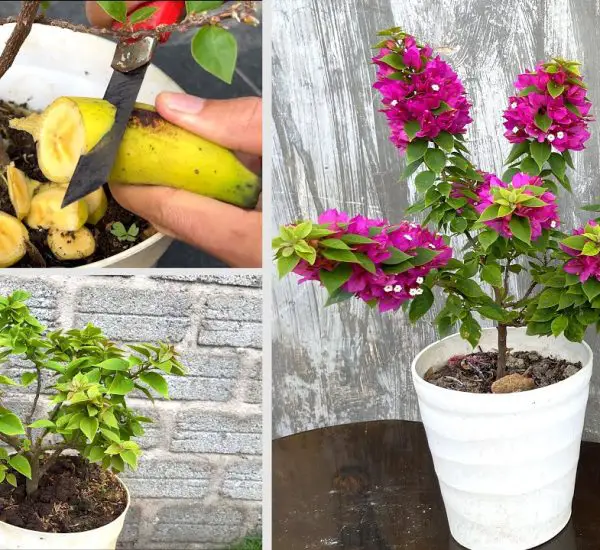Cucumbers are a versatile and refreshing addition to any garden, whether you’re growing them in a backyard plot, raised beds, or containers. To ensure a bountiful harvest of crisp cucumbers, proper care and maintenance are essential. Here are five key tips to help you care for your cucumber plants effectively:
1. Choose the Right Location:
Select a sunny spot for planting cucumbers, as they thrive in full sun. Ensure the area receives at least 6-8 hours of direct sunlight daily. Adequate sunlight promotes healthy growth and helps prevent diseases that thrive in damp, shaded conditions.
2. Provide Nutrient-Rich Soil:
Cucumbers prefer well-draining soil that is rich in organic matter. Before planting, amend the soil with compost or aged manure to improve fertility and drainage. A soil pH between 6.0 and 6.8 is ideal for cucumbers. Regularly supplement with a balanced fertilizer throughout the growing season to support vigorous growth and fruit production.
3. Water Regularly and Consistently:
Cucumbers have shallow roots that require consistent moisture to thrive. Water deeply to encourage root development, particularly during hot weather or when rainfall is insufficient. Aim to keep the soil evenly moist but not waterlogged, as overly wet conditions can lead to root rot and other diseases. Mulching around plants helps retain moisture and suppress weeds.
4. Support and Prune for Better Yield:
Many cucumber varieties benefit from trellising or support structures. Training cucumbers to grow vertically not only saves garden space but also promotes better air circulation around the plants, reducing the risk of fungal diseases. Prune excess foliage to improve air flow and expose the fruits to more sunlight, which encourages even ripening and reduces the likelihood of pests and diseases.
5. Monitor for Pests and Diseases:
Regularly inspect your cucumber plants for signs of pests such as cucumber beetles, aphids, and spider mites. Early detection allows for prompt intervention, such as hand-picking pests or using organic insecticidal soap. Additionally, watch for symptoms of common cucumber diseases like powdery mildew and bacterial wilt. Planting disease-resistant varieties and practicing crop rotation can help minimize these issues.
Conclusion:
Caring for cucumbers involves attention to sunlight, soil quality, watering consistency, support structures, and pest management. By following these five maintenance tips, you can nurture healthy cucumber plants that yield plentiful harvests throughout the growing season. Whether you’re a novice gardener or a seasoned enthusiast, these practices will help ensure your cucumbers thrive and flourish in your garden.
Happy gardening and enjoy your crisp, homegrown cucumbers!



